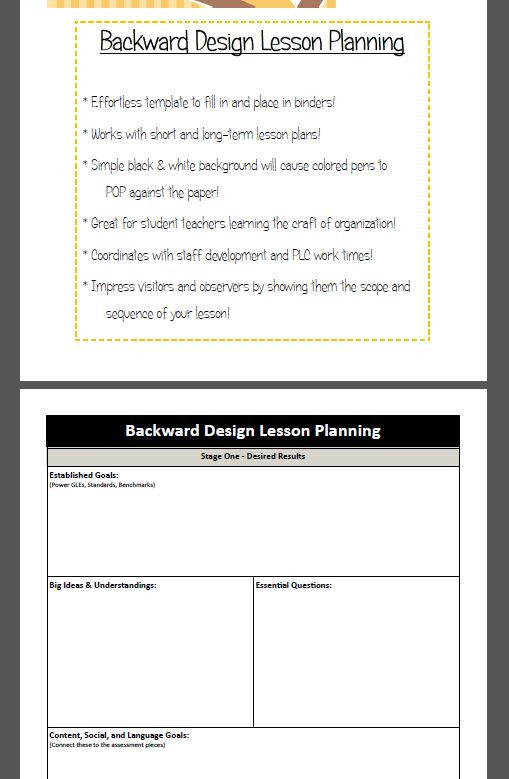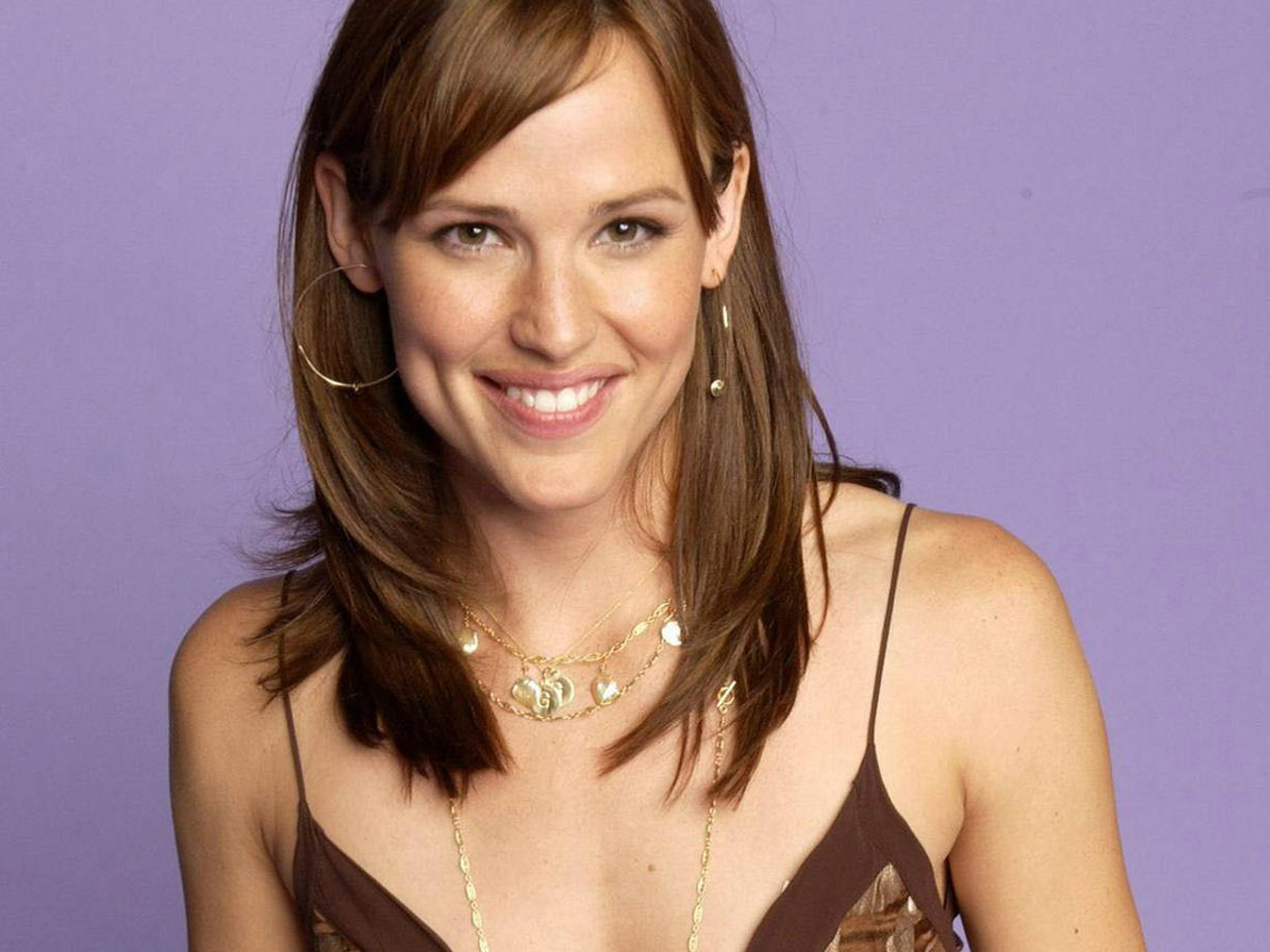Table Of Content

The backward design approach to curriculum development first establishes educational goals and then builds assessment and instruction to serve those goals. The process of planning assignments and lessons by instructors to achieve pre-set instructional goals is called backwards mapping. Develop a sequence of lessons and activities that help students develop and practice the skills needed to achieve the learning goal. This step is all about setting students up for success on the end-of-unit assessment. So, if a lesson or assignment doesn’t fit the mold, chances are it’s not needed.
Center for the Advancement of Teaching Excellence (CATE)
By making this approach part of our regular practice, we’ll be able to look back on a day, a week, or a year of teaching and say with a lot more certainty that when they were under our care, our students learned. If we assume that a large portion of a student’s grade is based on the test, then students are not being measured on their achievement of that standard. The standard does not require students to memorize the phases of the moon. Nor does it ask them to “demonstrate knowledge” of how the whole system works.
Engineering new ways to teach: UWL preservice teachers collaborate on innovative STEM units - University of Wisconsin System
Engineering new ways to teach: UWL preservice teachers collaborate on innovative STEM units.
Posted: Fri, 09 Jun 2023 07:00:00 GMT [source]
Traditional vs. backward design lesson planning
News literacy classroom resources - News Literacy Project
News literacy classroom resources.
Posted: Mon, 23 Oct 2023 21:22:09 GMT [source]
Whether it's digital assessments or interactive activities, technology can offer innovative ways to achieve your learning objectives. Dr. Benjamin Bloom, who created Bloom’s Taxonomy of learning objectives, often adhered to this method. While it is still widely used, Forward Design can sometimes lead to misalignment between learning objectives and assessments, something that Backward Design explicitly seeks to avoid. Use specific action verbs to express exactly the kinds of skills you want your students to develop.

Backwards Design Step Two: Assessments
Students will also need support to know how to prepare for assignments, to evaluate their work, and to understand their performance. Consider how your teaching strategies and learning activities will explicitly prepare students for assignments and how you can provide tangible feedback on their progress. So far you have defined your course learning goals and outcomes and planned your assessments of student learning.
Information that fits within this question is the lowest priority content information that will be mentioned in the lesson, unit, or course. As educational paradigms continue to evolve, frameworks like Backward Design will likely undergo revisions and adaptations. Current trends in educational technology, personalized learning, and inclusive education all offer exciting avenues for integrating and evolving the principles of Backward Design. Curriculum theorist Jay McTighe, another co-creator of Backward Design, highlights how the approach can be adapted for different subjects, age groups, and educational settings. This adaptability makes it a popular choice for a wide range of educational contexts, from K-12 to higher education and corporate training.
Contrast with Traditional Forward Design

It continually encourages the instructor to establish the purpose of doing something before implementing it into the curriculum. Therefore, backward design is an effective way of providing guidance for instruction and designing lessons, units, and courses. Once the learning goals, or desired results, have been identified, instructors will have an easier time developing assessments and instruction around grounded learning outcomes. For educators looking to align their teaching methods with desired learning outcomes, Backward Design offers a robust, flexible framework. Whether you're teaching in a traditional classroom, a corporate setting, or an online platform, taking the time to plan backward can lead to more effective, engaging, and meaningful learning experiences.
In Corporate Training and Adult Education
Traditionally, educators identify course content they need to cover, design their lessons accordingly, then create the final assessment. While the traditional approach may work in some cases, there are some significant flaws and challenges. The backward design model seeks to avoid those challenges by encouraging teachers to be much more intentional in their curriculum development and make the most out of class time. Now it is time to plan the lessons, determine reading assignments, method of instruction, and other classroom activities to support student learning. With students’ needs in mind, instructors can choose the most appropriate methods to help their students achieve the learning objectives. After an exam, for instance, instructors might hear students express their frustration with statements such as, “that test wasn’t fair” or “that question came out of left field”.
Zone of Proximal Development
On top of that, I was actually excited about teaching the lessons I had planned. For the first time, it felt like none of my class was wasted; everything actually mattered. And I got to drool over Matt Dillon in the movie’s opening scene again and again and again. This method is rooted in the constructivist theories of educators like Jean Piaget. Like Backward Design, Inquiry-Based Learning encourages higher-order thinking skills. However, it differs in that the learning process is far less structured, often initiated by a question or problem posed by the students themselves rather than pre-defined learning objectives.
In the normal course of lesson planning most teachers plan “forward” by choosing specific content, learning standard or activity they want to accomplish and craft their lesson to fulfill that criteria. The following examples are simply suggestions for what creating backward design lesson plans might look like. When creating your own lesson plans, please refer to your state’s or school’s specific academic standards. In the classroom, I found that this resulted in far too much focus on content, rather than having students work and exhibit their own understanding.
In that case, make sure that you give your students plenty of time to write notes for your lessons so they can study them and answer you promptly and accurately come test day. This Drake Institute program offers guidance and compensation to full-time (.75 FTE) faculty at Ohio State for time spent researching evidence-based teaching practices and redesigning their courses around those teaching practices. If you're an Ohio State educator looking for more support with course design, there are a number of resources at your disposal. In addition to browsing our growing repository of teaching topics, we encourage you to explore the following professional development activities.
Learning barriers can be physical, mental, emotional, cultural, or social elements that obstruct a student from achieving their learning goals. Jean Pak is the founder and owner of Jean Pak LLC and a Thinkific Expert and Learning Experience Designer helping businesses develop more interactive and engaging learning experiences. In conclusion, backwards design planning is a different approach for many of us and will challenge how we traditionally design and build courses by starting with the end goal in mind. The purpose behind Blooms Taxonomy is to help us guide our students from learning to acquire new knowledge to more concrete and higher levels of mastery such as application, analysis, critical thinking and evaluation. For many of us, it is not easy to write this so go for the practice of writing out the outcomes regardless of whether they are accurate.

No comments:
Post a Comment